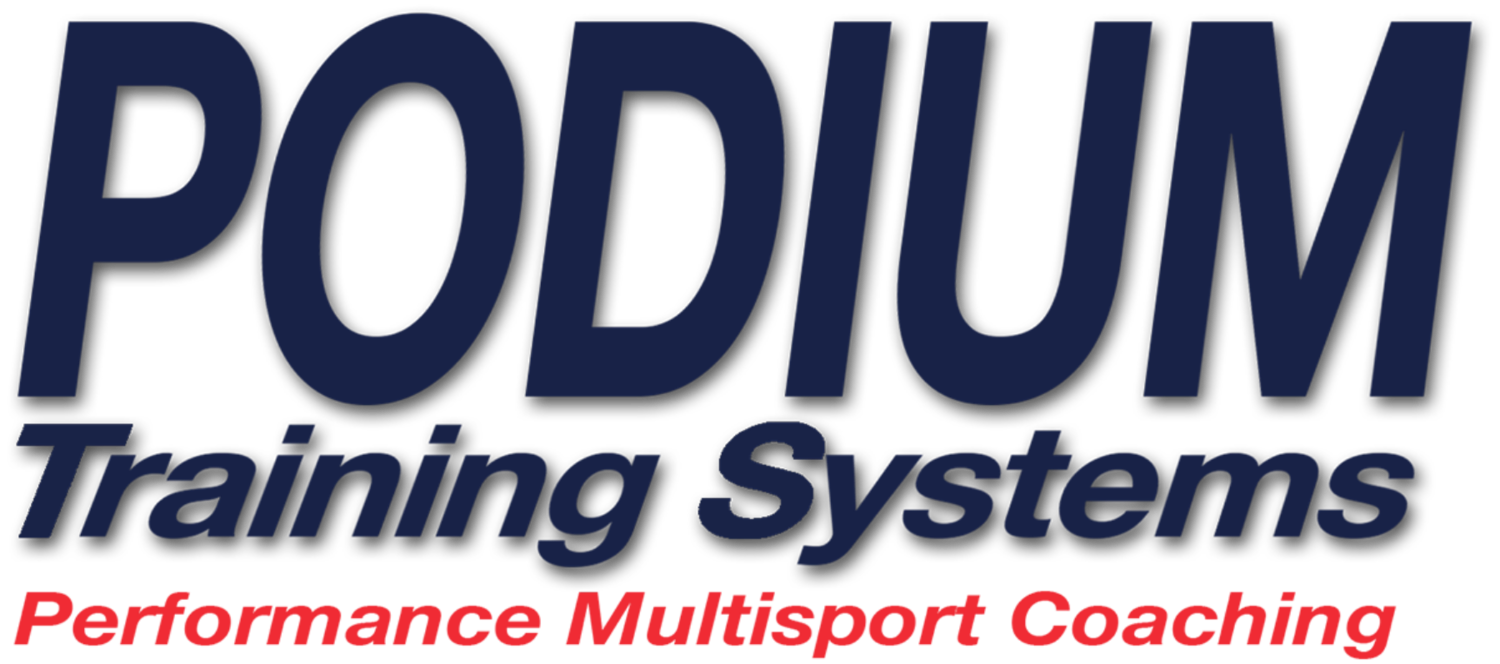I wrote a blog post way back in 2010 about swimming techniques
and mechanics to improve your speed and efficiency in the water. And while those techniques and topics are
indeed helpful, there was one topic of discussion where – I hate to say it – I
was off base.
I talked about “front-quadrant” swimming and linked to an article on
Active.com where it was discussed as well.
Let’s just say that while swimming techniques such as this (and some others)
are massively helpful in a pool, specifically for swimmers, they’re not as
helpful as you think for open-water swimming or in the sport of triathlon.
Triathlon is an interesting and complex sport. Each leg of the race is tied to the others more
than you realize. And that
relationship is never more apparent than between the swim and the run.
Things that make you faster in the pool aren’t always as helpful as
you think for triathlon as a whole. Utilizing
stroke techniques and mechanics that are born and bred for pool-based swimming
builds up muscle in your lats, back, and arms.
While you’ll surely become quicker in the water, you’ve added muscle
mass to your body.
Muscle mass = weight.
This new muscle you’ve added to aid your swim is now weight you have
to carry on the run (and the bike).
While you can potentially improve your 1,500 meter swim time, you very
well might add that time back on your 10K run.
To get an improvement in one leg (the swim, bike, or run) you
sometimes have to give up some time elsewhere.
Or, more importantly, do you find efficiencies in one discipline –
maintain the time in a particular leg – yet do so without as much effort? This leaves one less fatigued for the other
legs of the race.
It’s complicated. Finding
that balance between disciplines is what coaches spend a lot of time doing. The education in coaching never stops. This is one of the reasons that I love
triathlon coaching – I never stop learning.
To that point, Vanguard Endurance – the high-performance coaching
group I’m now a part of – has regular
Webinars on any and all topics relating to triathlon training, coaching, and
racing. In the upcoming month, I’ll be
presenting a Webinar specifically covering the topic of triathlon specific swimming mechanics and techniques.
I’ll keep you posted.

